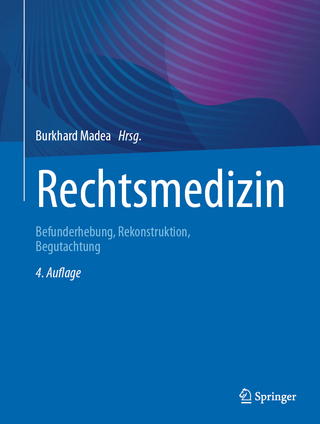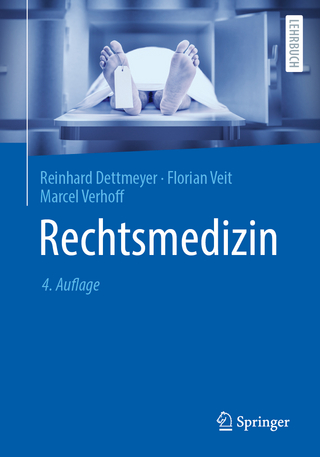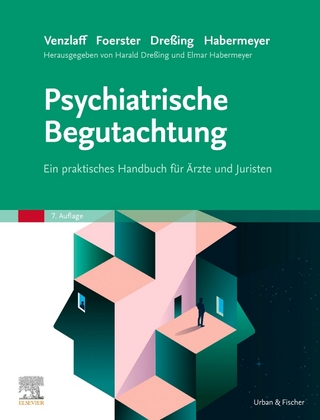
Chagas Disease
History of a Continent's Scourge
Seiten
2012
Fordham University Press (Verlag)
978-0-8232-4250-4 (ISBN)
Fordham University Press (Verlag)
978-0-8232-4250-4 (ISBN)
- Titel z.Zt. nicht lieferbar
- Versandkostenfrei innerhalb Deutschlands
- Auch auf Rechnung
- Verfügbarkeit in der Filiale vor Ort prüfen
- Artikel merken
In Chagas Disease: History of a Continent’s Scourge, François Delaporte describes how the interaction of public health policy with medical knowledge and epistemological transformations in the period 1900-1935 can account for the discovery of a continental endemic. It also deconstructs the myths that surround a number of major medical discoveries in both Brazil and Argentina.
François Delaporte’s Chagas Disease chronicles Brazilian medicine’s encounter with a disease, an insect, and a history of discovery. Between 1909 and 1911, Carlos Chagas described an infection (pathogenic trypanosome), its intermediate host, and the illness that he believed it caused, parasitic thyroiditis. Chagas’s work did not lack significance: the disease that came to share his name would be one of Latin America’s most serious endemic diseases. However, the clinical identification of the disease through “Romaña’s sign” (a palpebral edema or swelling of the eyelid) some decades later marked a transformation in the general medical knowledge of the disease and its basis altogether. Not only was the disease entity that Chagas had described shown to be a nosological illusion, but twenty-five years of scientific controversy turned out to have been based on a misunderstanding. The continued use of the term “Chagas’s Disease” even after Cecilio Romaña’s discovery thus refers to a fundamental ambiguity. Delaporte dispels this ambiguity by re-examining the various discoveries, dead ends, controversies, and major epistemological transformations that marked the history of the disease––a history that begins with the creation of the Oswaldo Cruz Institute in Rio de Janeiro and ends in the forests of Santa Fe in northern Argentina. Delaporte’s study shows how an epistemological focus can add depth to the history of medicine and complexity to accounts of scientific discovery.
François Delaporte’s Chagas Disease chronicles Brazilian medicine’s encounter with a disease, an insect, and a history of discovery. Between 1909 and 1911, Carlos Chagas described an infection (pathogenic trypanosome), its intermediate host, and the illness that he believed it caused, parasitic thyroiditis. Chagas’s work did not lack significance: the disease that came to share his name would be one of Latin America’s most serious endemic diseases. However, the clinical identification of the disease through “Romaña’s sign” (a palpebral edema or swelling of the eyelid) some decades later marked a transformation in the general medical knowledge of the disease and its basis altogether. Not only was the disease entity that Chagas had described shown to be a nosological illusion, but twenty-five years of scientific controversy turned out to have been based on a misunderstanding. The continued use of the term “Chagas’s Disease” even after Cecilio Romaña’s discovery thus refers to a fundamental ambiguity. Delaporte dispels this ambiguity by re-examining the various discoveries, dead ends, controversies, and major epistemological transformations that marked the history of the disease––a history that begins with the creation of the Oswaldo Cruz Institute in Rio de Janeiro and ends in the forests of Santa Fe in northern Argentina. Delaporte’s study shows how an epistemological focus can add depth to the history of medicine and complexity to accounts of scientific discovery.
François Delaporte is Professor Emeritus of the University of Picardia Jules Verne. Several of his books have been translated into English, including Disease and Civilization: The Cholera in Paris, 1832; The History of Yellow Fever; Anatomy of the Passions; and Nature’s Second Kingdom. He also edited A Vital Rationalist: Selected Writings of Georges Canguilhem. Arthur Goldhammer is Senior Affiliate of the Center for European Studies at Harvard University. Todd Meyers is Associate Professor of Anthropology at New York University-Shanghai. He is the author of The Clinic and Elsewhere: Addiction, Adolescents, and the Afterlife of Therapy.
| Reihe/Serie | Forms of Living |
|---|---|
| Übersetzer | Arthur Goldhammer |
| Vorwort | Todd Meyers |
| Verlagsort | New York |
| Sprache | englisch |
| Maße | 152 x 229 mm |
| Themenwelt | Medizin / Pharmazie ► Medizinische Fachgebiete |
| Studium ► 2. Studienabschnitt (Klinik) ► Rechtsmedizin | |
| Studium ► Querschnittsbereiche ► Geschichte / Ethik der Medizin | |
| ISBN-10 | 0-8232-4250-1 / 0823242501 |
| ISBN-13 | 978-0-8232-4250-4 / 9780823242504 |
| Zustand | Neuware |
| Haben Sie eine Frage zum Produkt? |
Mehr entdecken
aus dem Bereich
aus dem Bereich
Befunderhebung, Rekonstruktion, Begutachtung
Buch | Hardcover (2024)
Springer (Verlag)
199,99 €
Ein praktisches Handbuch für Ärzte und Juristen
Buch | Hardcover (2020)
Urban & Fischer in Elsevier (Verlag)
240,00 €


